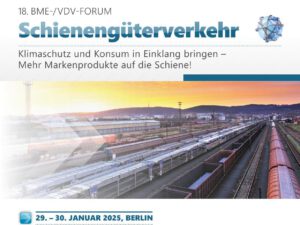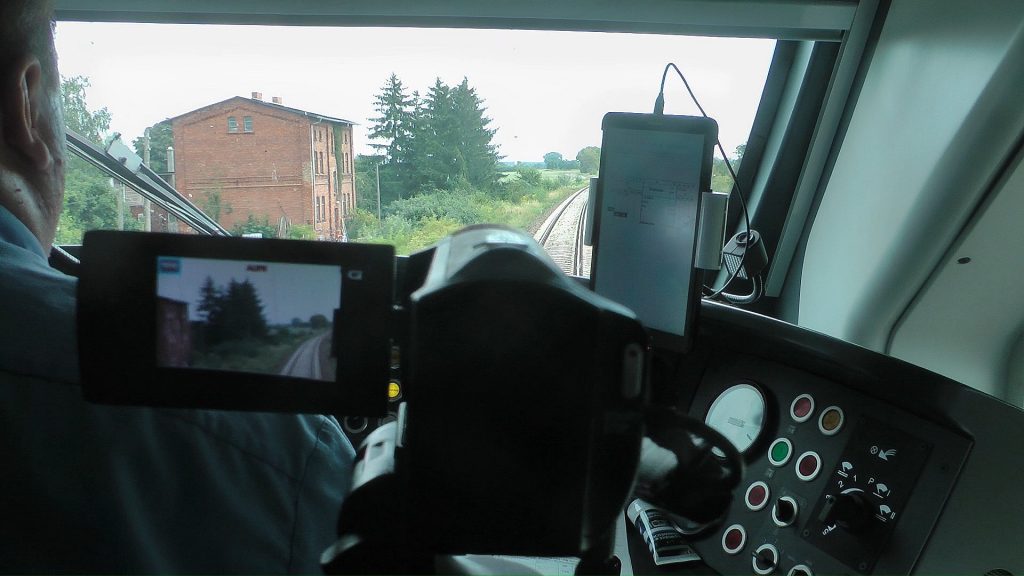The general renovation of the Hamburg-Berlin route is part of the overall S3 program for the structural renovation of the DB Group over the next three years. It is about “rapid renovation of existing assets”. The aim of the program, according to DB, is to “make the railway more punctual, reliable and profitable again”. A total of 1,500 kilometres of route are to be completely renovated by 2027.
Germany’s largest bus replacement service
Alternative train services will be available for passengers on regional routes on some routes. In addition, the transport authorities and railway companies, in cooperation with DB and the bus company ecoVista, are bringing “Germany’s largest replacement service” onto the road with buses. In the coming weeks, the final coordination and presentation of the transport concept with the responsible transport authorities, railway companies, transport associations, municipalities and districts is scheduled.
As with previous construction work on the route, long-distance trains between Hamburg and Berlin will be diverted via Uelzen and Stendal, and freight trains will sometimes be diverted further afield. Long-distance trains will also stop in Lüneburg and Uelzen, as well as in Salzwedel and Stendal. The journey time will be extended by a total of 45 minutes. In addition, connections with a change in Hanover are available to travelers. With up to 65 daily journeys – 36 of which are direct – DB continues to offer an attractive and reliable long-distance train service between Hamburg and Berlin. A concept has been developed for regional transport that enables fast train connections to Hamburg or Berlin on some lines. To connect the eliminated stops in local transport, up to 173 buses will be in use at peak times, running on 26 lines and covering a total of up to 86,000 kilometres a day.
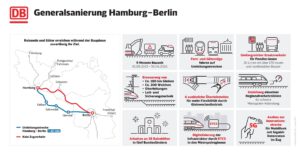
Extensive upgrading of tracks, switches and signaling technology
| DB InfraGO lists the following construction measures in detail:
During the nine-month construction phase, a total of more than 180 kilometres of tracks and around 200 switches will be renewed between Hamburg and Berlin. Six additional so-called transfer points will create more stability and flexibility in operations in the future and ensure that, for example, faster passenger trains can overtake slower freight trains. As a first step, DB is equipping the routes with the highest capacity load around the metropolitan regions, i.e. between Hamburg-Rothenburgsort and Büchen and in the section between Nauen and Berlin-Spandau, with the new European train control system ETCS (European Train Control System).
Better stations, better train radio, better mobile reception As part of the general renovation, DB is carrying out work on 28 stations along the Hamburg-Berlin route. The aim is to make the stations more attractive and improve the customer experience. Depending on the station, new toilet facilities and weather shelters, more accessibility and improved wayfinding systems are planned. In addition, the important connection to the innovation route for mobile communications is to be expanded with gigabit data rates on the train so that travelers can make calls and surf the internet between Hamburg and Berlin in the best quality in the future. That is why DB is using the general renovation to build radio masts for the future railway radio FRMCS (Future Rail Mobile Communication System). After the renovation, DB will provide the masts and supply containers as well as the power and data lines to the mobile phone companies for technology-neutral testing and illumination of the route with mobile phones for passengers. |
Freight railway umbrella organisation: Improvements to diversions necessary
The umbrella organisation of non-federally owned freight railways complains that the “desperately needed discussion with the freight railway companies” only took place today, January 22nd: “The diversions in particular continue to harbour potential for conflict, as the route, which is almost 300 kilometres long, places much greater demands on a diversion concept than the renovation of the Riedbahn between Frankfurt and Mannheim, which was completed in December.”
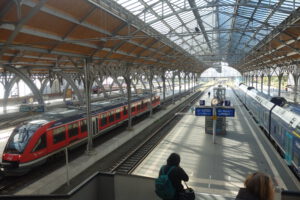
“The freight railways” continue: “If 200 kilometres of detours have to be taken and the trains encounter construction sites, unmanned signal boxes and faulty systems, the DB must make improvements and provide financial compensation. Otherwise the competitiveness of the freight railways will be massively threatened. In addition to the diversionary traffic, the biggest question for us is why nine months of closure should be necessary when the scope of the renovation work has been scaled back for cost reasons.”
The umbrella organisation is not satisfied with the lack of upgrading of diversionary routes: “As soon as the concept became known, we proposed restoring the second track between Uelzen and Stendal and electrifying the third track between Berlin and Stendal in order to make a quick jump in capacity with little effort. Both projects had long been in the planning stages and yet were not started.”
hfs, dbi, gb


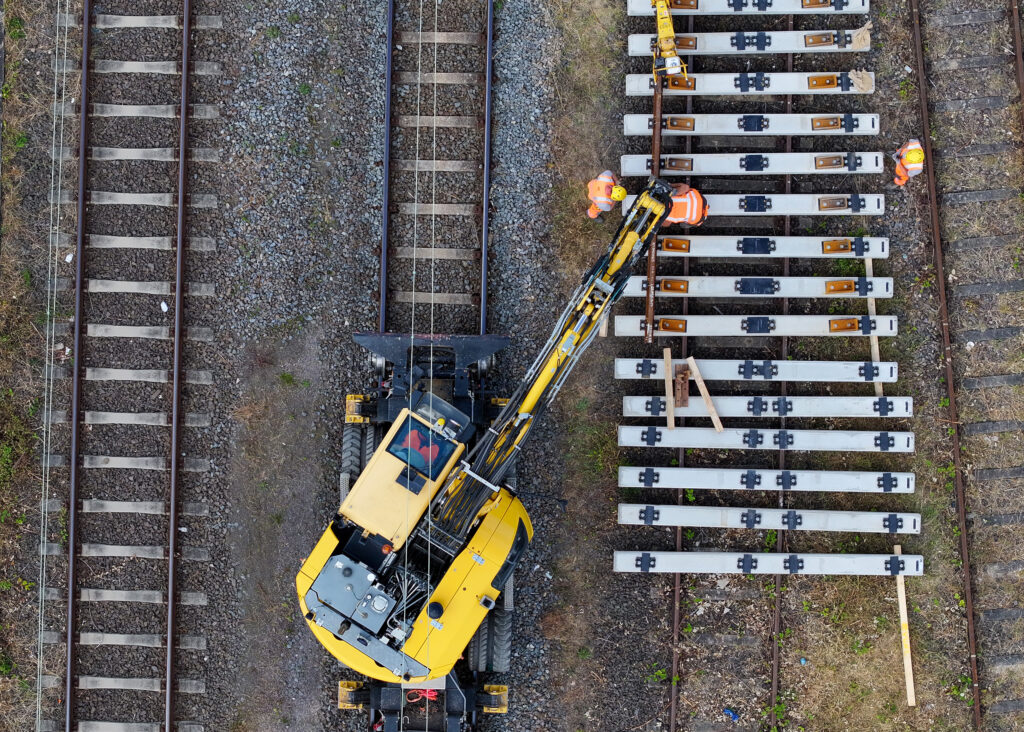
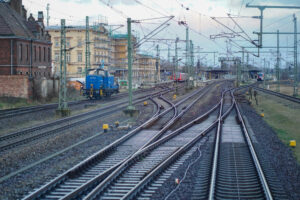 Passing through Wittenberge. Photo: DB/Volker Emersleben
Passing through Wittenberge. Photo: DB/Volker Emersleben

